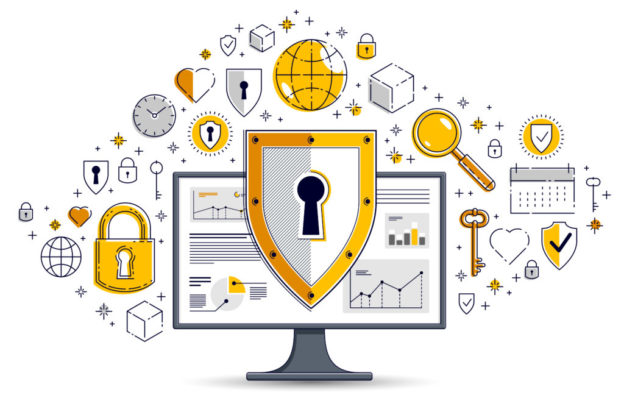A virtual data room is a complex system consisting of a large number of components of varying degrees of autonomy, which are interconnected and exchange data.
Who and Why Uses Virtual Data Rooms?
So what are you using a virtual data room for? It is common to find individuals and businesses involved in electronic data discovery, M&A (mergers and acquisitions), and venture capital (venture capital) using virtual data rooms to collect all their data and files in one place for viewing, archiving, and legal purposes … Some people also call this a “meeting room”. In addition, virtual data rooms are also often used by board members of large enterprises to collaborate in a secure environment.
Intentional threats in virtual data rooms are associated with the deliberate actions of the offender. The offender can be an employee, visitor, competitor, mercenary, etc. The offender’s actions can be caused by various motives: the employee’s dissatisfaction with his career, a purely material interest (bribe), curiosity, competition, the desire to assert himself at any cost, etc.
Information processing facilities supporting VDR critical and vulnerable resources should be located in secure areas:
- Such means are servers, backbone telecommunication equipment, telephone exchanges, cross panels, equipment for processing and storing confidential information.
- Protected areas should be provided with appropriate access controls to ensure that only authorized personnel can access them.
- It is forbidden to receive visitors on the premises when the processing of information of limited access is carried out. For storage of office documents and machine carriers with protected information, the premises are equipped with safes, metal cabinets, or lockers.
The Cost of Virtual Data Room
There are different prices for VDR. It allows you to track the stages of movement of applications and those responsible for using kanban. Each client has a card with all contact information and history of interaction, also through the card, you can create employee chats and make calls to customers. The system has the ability to integrate mail services, which allows you to save history in the client’s card, as well as organize correspondence in the system itself.
All information resources to be protected must be classified according to the importance and degree of access. The classification of information must be documented and approved by the management of the Institution. Classification of information should be carried out by the owner of the resource storing or processing information to determine the category of the resource. The classification should be reviewed periodically to maintain its relevance to the category of the resource.
Most data room systems establish specific sets of privileges to perform specified functions. Each user gets his own set of privileges: regular users – minimum, administrators – maximum. Unauthorized seizure of privileges, for example through a “masquerade”, leads to the possibility of an attacker performing certain actions bypassing the security system. It should be noted that illegal seizure of privileges is possible either in the presence of errors in the security system, or due to the administrator’s negligence in managing the system and assigning privileges.
Interception of passwords is carried out by specially developed programs. When a legitimate user tries to enter the system, the interceptor simulates on the display screen the username and password, which are immediately sent to the owner of the interceptor, after which an error message is displayed on the screen and control are returned to the operating system. The user assumes they made a mistake when entering the password. He repeats the input and gains access to the system.

